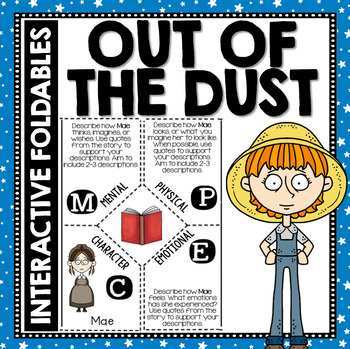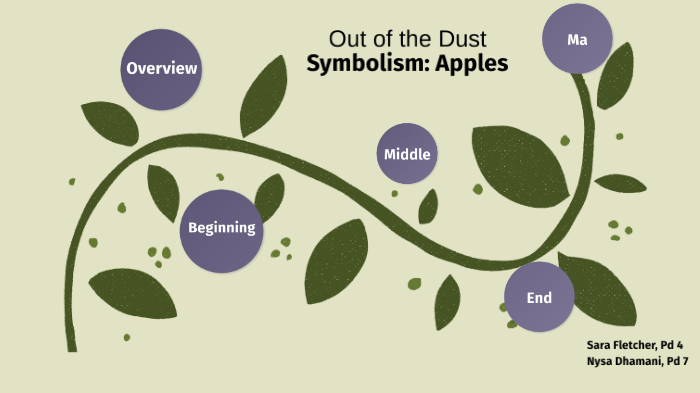Dust is a common element in literature that is often used as a symbol for a variety of themes and ideas. At its most basic level, dust can symbolize the passage of time and the impermanence of all things. In many works of literature, dust is used to represent the passage of time and the fleeting nature of life, reminding us that everything is temporary and that all things will eventually come to an end.
One example of this symbolism can be seen in the novel "Great Expectations" by Charles Dickens, where the character of Miss Havisham is described as being surrounded by dust and cobwebs, symbolizing her own decay and the passing of time. The dust in Miss Havisham's home represents the deterioration of her own body and mind, as well as the passing of her youth and beauty. The cobwebs, meanwhile, symbolize the entrapment and stagnation of Miss Havisham's life, as she has become trapped in a state of grief and despair following the betrayal of her former fiancé.
In addition to symbolizing the passage of time, dust can also be used to represent the frailty and insignificance of human existence. In the Bible, for instance, dust is often used as a metaphor for the fleeting nature of life and the ultimate fate of all human beings, who will eventually return to the dust from which they were formed. This idea is exemplified in the famous verse from the book of Ecclesiastes, which states, "For everything there is a season, and a time for every matter under heaven: a time to be born, and a time to die; a time to plant, and a time to pluck up what is planted; a time to kill, and a time to heal; a time to break down, and a time to build up; a time to weep, and a time to laugh; a time to mourn, and a time to dance; a time to cast away stones, and a time to gather stones together; a time to embrace, and a time to refrain from embracing; a time to seek, and a time to lose; a time to keep, and a time to cast away; a time to rend, and a time to sew; a time to keep silence, and a time to speak; a time to love, and a time to hate; a time for war, and a time for peace."
Aside from its symbolic meanings, dust can also be used to convey a sense of decay or neglect. In literature, dust can be used to represent the neglect of a person or place, suggesting that it has been abandoned or left to decay. This is often seen in stories where characters return to a place that they once knew, only to find it covered in dust and cobwebs, symbolizing the passing of time and the neglect of the place.
In conclusion, dust is a powerful symbol in literature that is often used to represent the passage of time, the frailty of human existence, and the neglect of people or places. Its use serves as a reminder of the impermanence of all things and the fleeting nature of life, encouraging us to make the most of the time we have and to appreciate the things we have while we still can.





